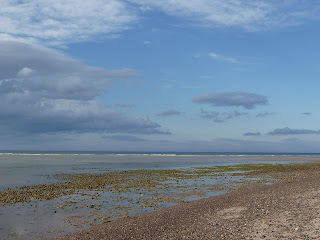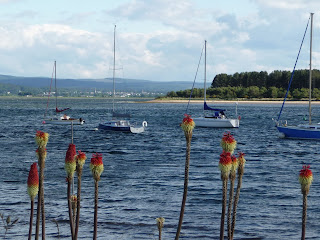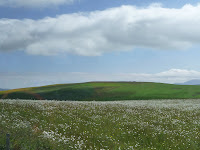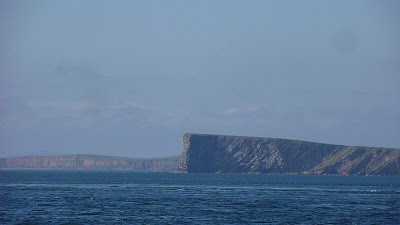

As we trekked out of the pine forest and across the moor, Cheyenne relayed the folklore of these three massive stones. The story goes that three witches were in an argument about which of them was the strongest. Each of them carried one of these stones in their apron and hurled them in the air and they landed in their current resting positions. All of the sisters were equally strong. These stones rest in their own natural amphitheater. The stones have Pictish carvings, and through the years have aquired more carving from the peoples of various ages that have come into contact with the stones. Pretty cool, huh?
And so ended the last exciting event on my last day before flying back to the U.S.
















































